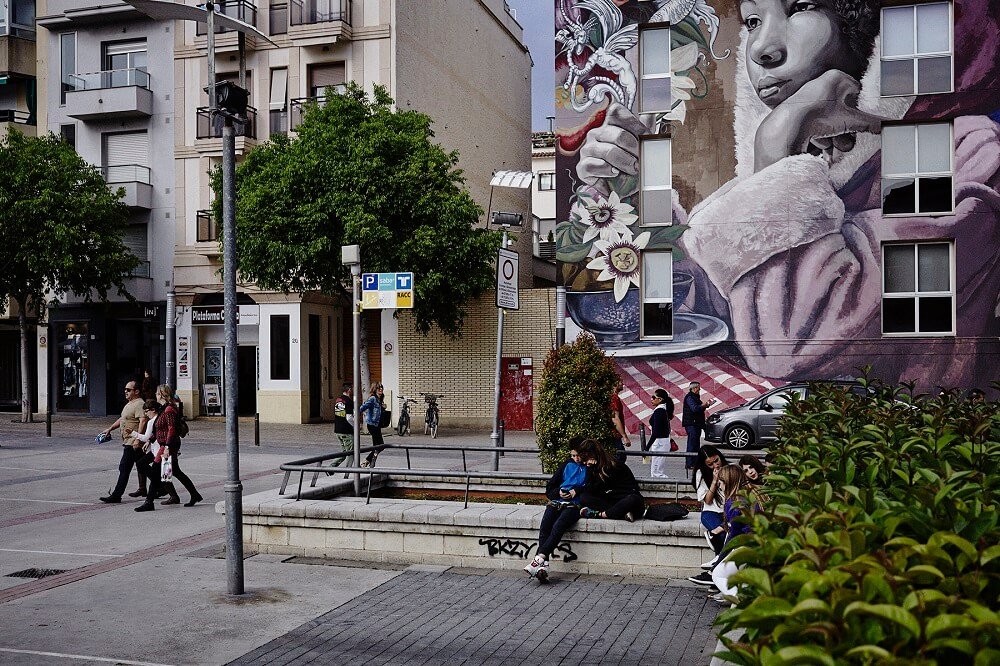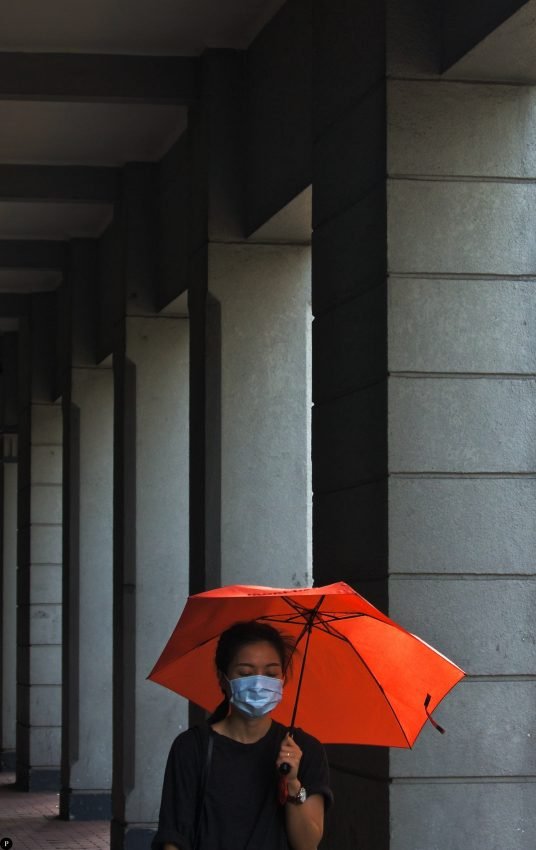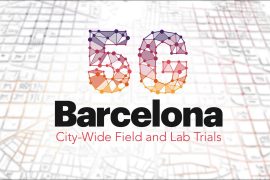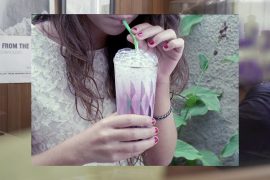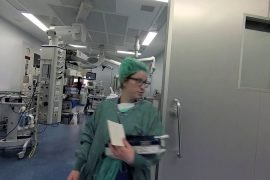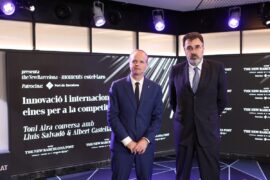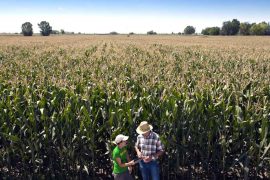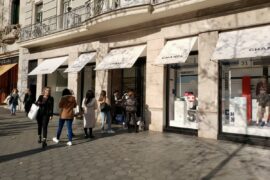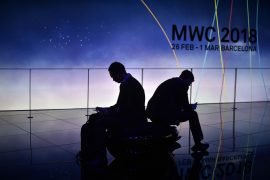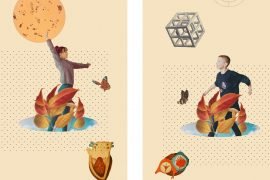[dropcap letter=”P”]
lopping down in an industrial estate on a holiday is an act that invites contemplation. The estate is stripped of its usual hustle and bustle, of its usual functionality, and its facet as an actual space comes back to the surface. It then becomes a phantasm which you have to look in the eye. You can no longer feign that you’re in the storage room of your home. The sensation is similar to what you feel when you visit a square on a holiday that is obviously used to the workaday ebb and flow. What do we mean by ebb and flow? The insatiable comings and goings of activity which can converge in a public marketplace, a square like Soler i Carbonell in Vilanova i la Geltrú. Extraordinarily generous in size, it is across from what is known as the central market of the capital of El Garraf. The square is a faithful mirror of the characteristics of the market. I set foot there on a holiday in springtime when it is starting to cool off and the laziness of the hazy sun suffuses the overall peace and quiet. The market is closed today, and right before lunch two pairs of children begin playing ball. The fact that it is a square where ball is still played should be treated as a remarkable, historical fact. Specifically, two boys who look like brothers are kicking the ball back and forth. Now I’ll pass it to you; now I’ll bounce it off the wall of the market.
“Hey, don’t kick it so far!” one of them exclaims, as the younger one cracks up over his harmless mischief. A bit later, these brothers leave the ball and go to take a break on the platform of a sculpture located in the middle of the square. It’s a platform made of rusted iron. It may measure more than a metre. They’ve had to work hard to climb up on it. In fact, this square block, which is higher than the one that came before it, was placed under the sculpture in May 2005. Five years earlier, an accident had knocked over one of the two figures in the sculptural set, Home i Dona (Man and Woman): two hollow bronze figures which seek to outline the silhouettes of bodies, like a mask. Because of the lorry jolt, the foreshortening of the man broke.
However, the title of the work and the name of its author, the Vilanova-based sculptor Xavier Cuenca, are things that visitors have to fill in by themselves, because nowhere on the work is there an inscription that reveals any of these meaningful details. There are other inscriptions scrawled with white-out or scratched on the iron: “Carlasalillas”, “Raul BK”, “Migordito”, “Nava”… names that tell us nothing and are often accompanied by hearts. Despite its expressive primitivism, this iconography reflects the ups and downs of life, a story that began, and another one that was cut short. What must have happened to “Migordito” or the paramour of a Carla with three A’s? The boys rest on the cubicle next to the bronze man and woman who never quite manage to touch or embrace – they have no arms, or even faces; they look at a kid playing with a rubber ball with his grandfather. The grandfather seems fairly nimble for the age one suspects he must be, and he has firm control over his incipient belly and the unruly ball. The boy laughs and whines, both at the same time, when the grandfathers hides the ball from him for too long.
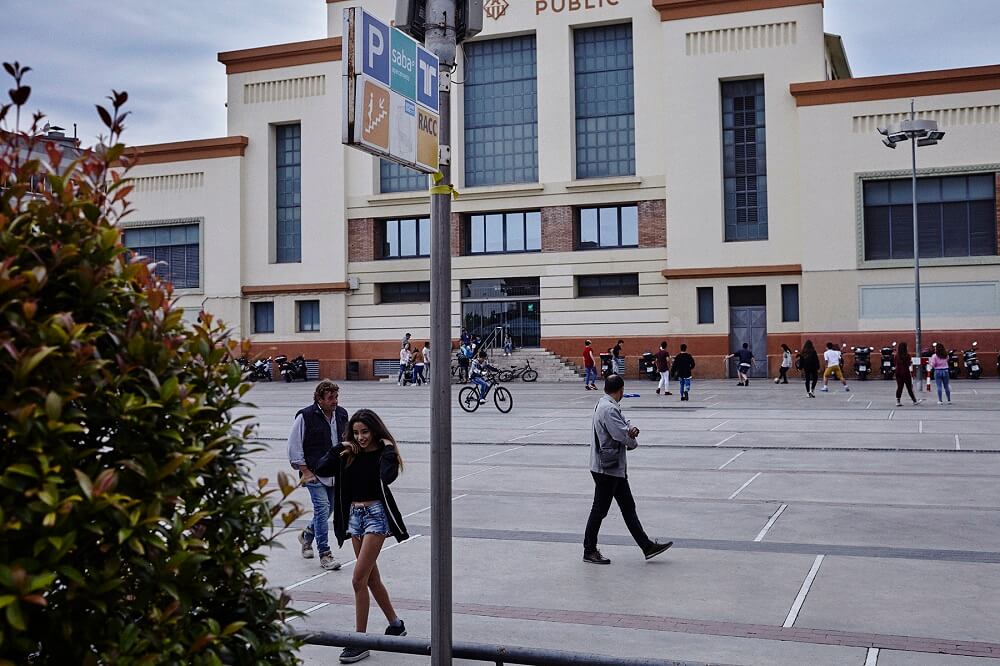
The sculpture’s pedestal seems to irradiate rectangular order out to all four corners of the square, like a pyramid nestled at the centre of the universe. But perhaps, if we look closely, the market and its rigorously rationalist forms are the source of this rectilinear radiation: the vastness of the square, that smooth cement that burns if you fall on your knees, the cement of a school playground from yesteryear, seems divided into tracts. Thin tiles pepper it with rectangles, like minuscule parking places. This is what gives it the look of an enormous checked tablecloth spread over the square to celebrate a concert, the weekly market or a massive collective meal. The market building, like a cyclops in its first yawn of the morning, has spread the tablecloth over the square. The straight lines and angles embody the personality of the market building. Construction on it began in 1935 and was completed in 1941, and like a diligent student, it follows the aesthetic criteria of rationalism to the letter, with an utter sense of functionality expressed in lateral protections and the sole decoration of greenish trim on the sides. It is the kind of rationalism which could just as easily be the product of a brief communist era or profound modernity. The architect who designed it, Josep Maria Miró i Guibernau, also planned a classic building which stands out in the back of the square as one of the oldest: Pompeu Fabra school (the name of the sage who standardised the Catalan language fits in here wonderfully). The atmospheric rationality should not stop us from recalling the difficulties at the start of construction of the market due to a shortage of resources. In any event, the land to build it was secured from the last will and testament of Mr Soler i Carbonell – hence the name of the square.
If you look closely, you can always find forms that break with the straight lines. It could have been a gazebo in the centre of the square, but in fact this one is pyramidal. In contrast, among the four kinds of lamp posts scattered about the square – from the typical industrial estate lights to identical posts everywhere – there are some round ones that are totally eighties. Not to mention the two boys who have now climbed off the sculpture to start kicking the ball around again.

